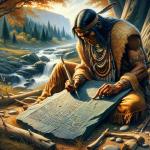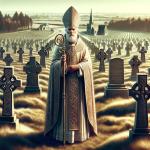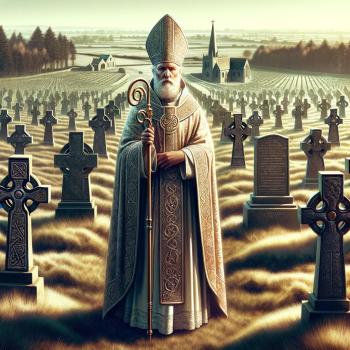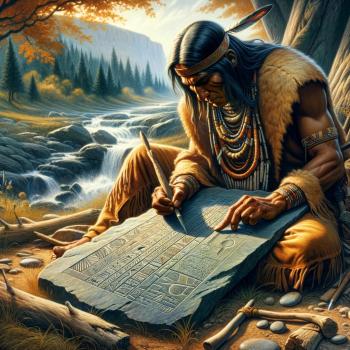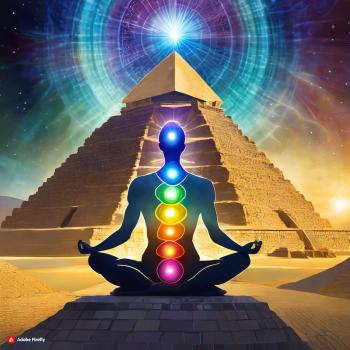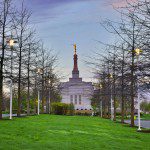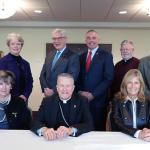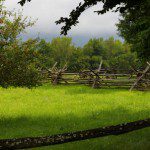Mystic, Educationalist, Architect, Biodynamic Agriculture Pioneer
Rudolf Steiner’s mystical and intellectual world spanned a vast array of disciplines, reflecting a holistic understanding of the human condition on earth and the human soul in the cosmos. Born in 1861, this polymath’s early work in philosophy and natural science laid the groundwork for his later explorations into mysticism, education, biodynamic agriculture, architecture and even the arts.
Steiner’s homebred philosophy of Anthroposophy revealed in the early 20th century, was anchored in various Western esoteric traditions, Christian mysticism, and his own clairvoyant abilities. The philosophy encompasses a broad range of areas including education, agriculture, medicine, architecture and the arts, each infused with the aim of spiritual awakening and the harmonization of the material world with cosmic forces.
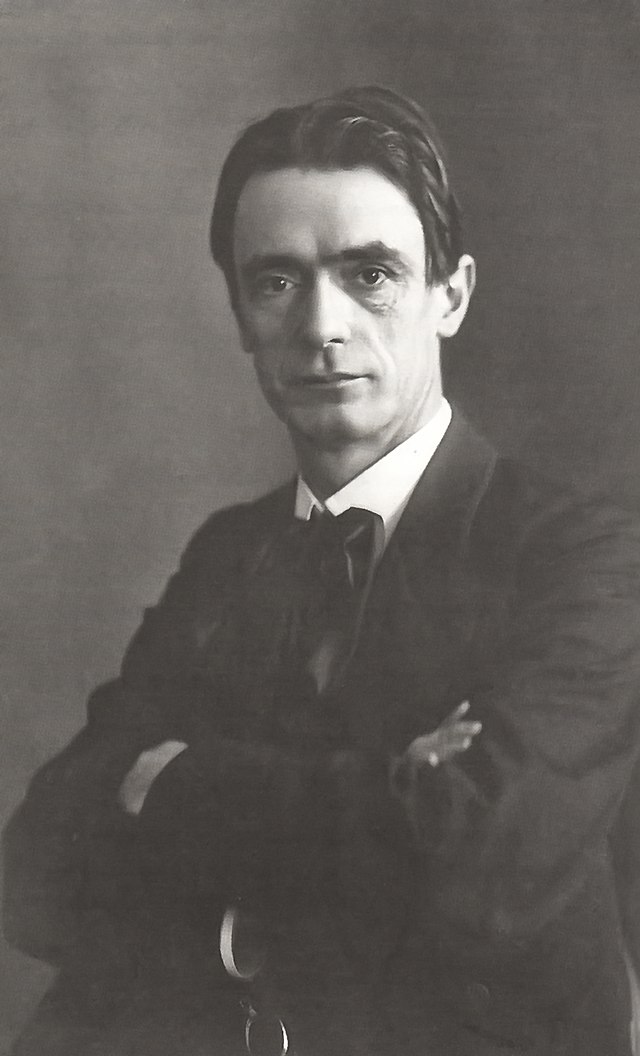
A Mystic Polymath
In regards to education, Steiner founded the Waldorf Schools, an educational method that emphasizes the role of imagination in learning and aims to develop students’ intellectual, artistic, and every-day practical skills in an integrated manner. In agriculture, Steiner introduced biodynamic farming, which emphasizes the marriage of spiritual and ecological approaches to agriculture. The modern organic farming movement owes a nod to Steiner.
He also made significant contributions to architecture, designing numerous buildings with unique, organic forms, including the Goetheanum in Switzerland (his approach to architecture is said to have influenced the famous architect Frank Lloyd Wright). In addition, he left his mark on the arts, including theater, sculpture, and a new method of somatic movement known as Eurythmy.
Steiner’s diverse contributions reflect his extraordinary ability to synthesize knowledge across multiple disciplines, making him one of the most influential figures in Western spiritual and cultural movements. However; rather than focusing equally on each area of specialty in Steiner’s life, this article will double-click on his mystical and spiritual impulses.
The Theosophical Society
Rudolf Steiner’s early spiritual journey involved his association with Madame Helena Blavatsky and the Theosophical Society. Initially attracted to the society’s blend of Easter and Western mysticism, Steiner became a prominent figure within the Theosophical movement in Europe and served as the secretary of the German Section. However, his relationship with the society began to diverge as he developed his own spiritual philosophy, Anthroposophy. While he respected Blavatsky’s pioneering vision of introducing Eastern spiritual concepts to the West, Steiner sought to ground spiritual research in a more systematic and accessible methodology with a focus on esoteric Christianity. His emphasis on Christ as a central figure in spiritual evolution marked a departure from the Theosophical Society’s more Buddhist and Hindu-oriented focus. This divergence eventually led to Steiner’s break with the Theosophical Society in 1912-1913, after which he established the Anthroposophical Society, a new spiritual stream that emphasized the harmonization of scientific inquiry with mystical insight, and centered on Christian mysticism.
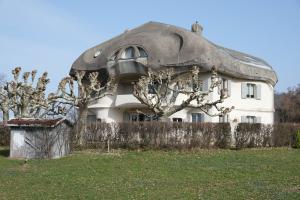
Another point of contention that caused Steiner to break with the Theosophical Society was its creation of the Order of the East, which postulated that an Indian boy named Krishnamurti was to become a second messiah. However, Krishnamurti dissolved the Order of the Star in 1929 himself and withdrew from the Theosophical ideology. Bent on finding a replacement for their messiah, members of the Theosophical Society’s leadership met with the Greek mystic, Daskalos (Stylianos Atteshlis), in order to convince him to take Krishnamurti’s place. During the conversation, Rudolf Steiner appeared before Daskalos in his astral body and adamantly urged him to refuse the appointment. Daskalos had no intention of joining with the Order of the East and declined their offer.
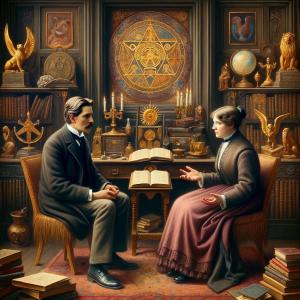
Steiner’s Anthroposophy
Rudolf Steiner’s spiritual legacy is vast and continues to influence a wide array of fields well beyond his lifetime. Through the establishment of Anthroposophy, he provided a comprehensive spiritual system to unite science, art, religion, and education with the aim of fostering spiritual independence for humanity. Steiner’s teachings emphasized the potential for his students to evolve spiritually and to develop a form of clairvoyance that would allow them to perceive spiritual realities directly. He termed this “spiritual science” which was not meant to degrade or replace traditional religious belief, but to complement them by offering a personal path to spiritual insight and development.
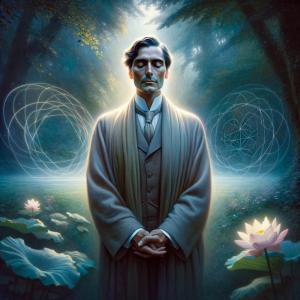
Steiner’s Legacy
The cornerstone of Steiner’s mystical practices was the idea that the spiritual world is accessible to all, not just the religious or mystically inclined. He developed a system of practices that developed spiritual perception that would enable individuals to access the divine on their own and without any intermediary. These practices included meditation, concentration and visualization exercises, and moral development – all aimed at harmonizing the body, soul and spirit. Steiner’s approach was holistic and integrated the intellectual, artistic, and ethical dimensions of human life along with the spiritual. His aim was to empower individuals to awaken their spiritual senses and begin to consciously participate and shape the spiritual evolution of the world.
Today, Steiner’s work continues to inspire new generations across the globe, demonstrating the unique relevance of his vision for a society where spiritual knowledge is integrated with practical life. Anthroposophy’s ultimate design is for both individual fulfillment and the greater good of humanity.


